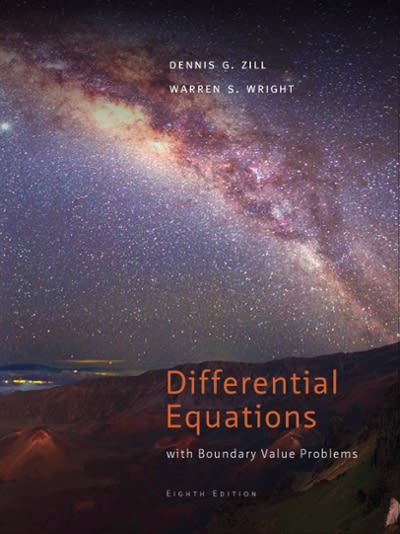Answered step by step
Verified Expert Solution
Question
1 Approved Answer
1)A die is biased so that the probability of obtaining the numbers 1, 2, 3, 4, 5 or 6 is 0.1, 0.3, 0.1, 0.2, 0.2
1)A die is biased so that the probability of obtaining the numbers 1, 2, 3, 4, 5 or 6 is 0.1, 0.3, 0.1, 0.2, 0.2 and 0.1 respectively. If the die is rolled twice, find the probability of rolling: a.Two 6s b.An odd number followed by an even number c.Two numbers that sum to 4 d. Two numbers whose sum is greater than 10 Q2) A standard die coloured red and a standard die coloured blue are rolled. If A= 'two odd numbers', B = 'a 1 or a 5 with the first die' and C = 'the sum of the two numbers is less than 4': a. calculate Pr(A), Pr(B) and pr(C) b.Decide whether each of AB, AC and BC are independent please answer both questions if you can
Step by Step Solution
There are 3 Steps involved in it
Step: 1

Get Instant Access to Expert-Tailored Solutions
See step-by-step solutions with expert insights and AI powered tools for academic success
Step: 2

Step: 3

Ace Your Homework with AI
Get the answers you need in no time with our AI-driven, step-by-step assistance
Get Started


